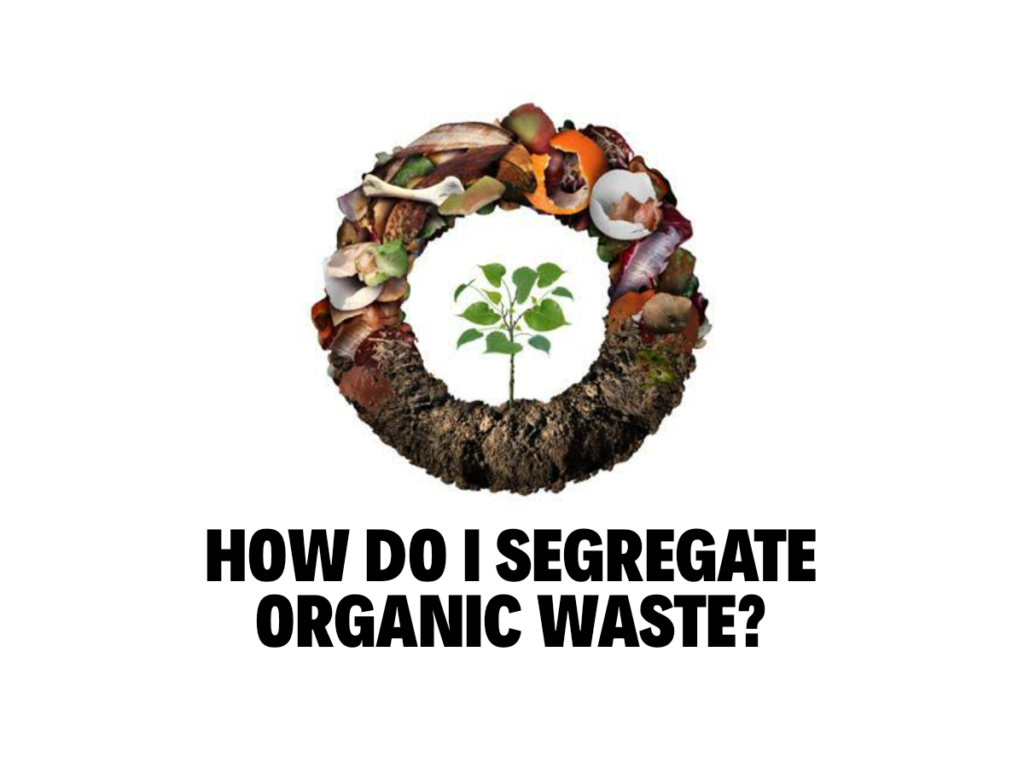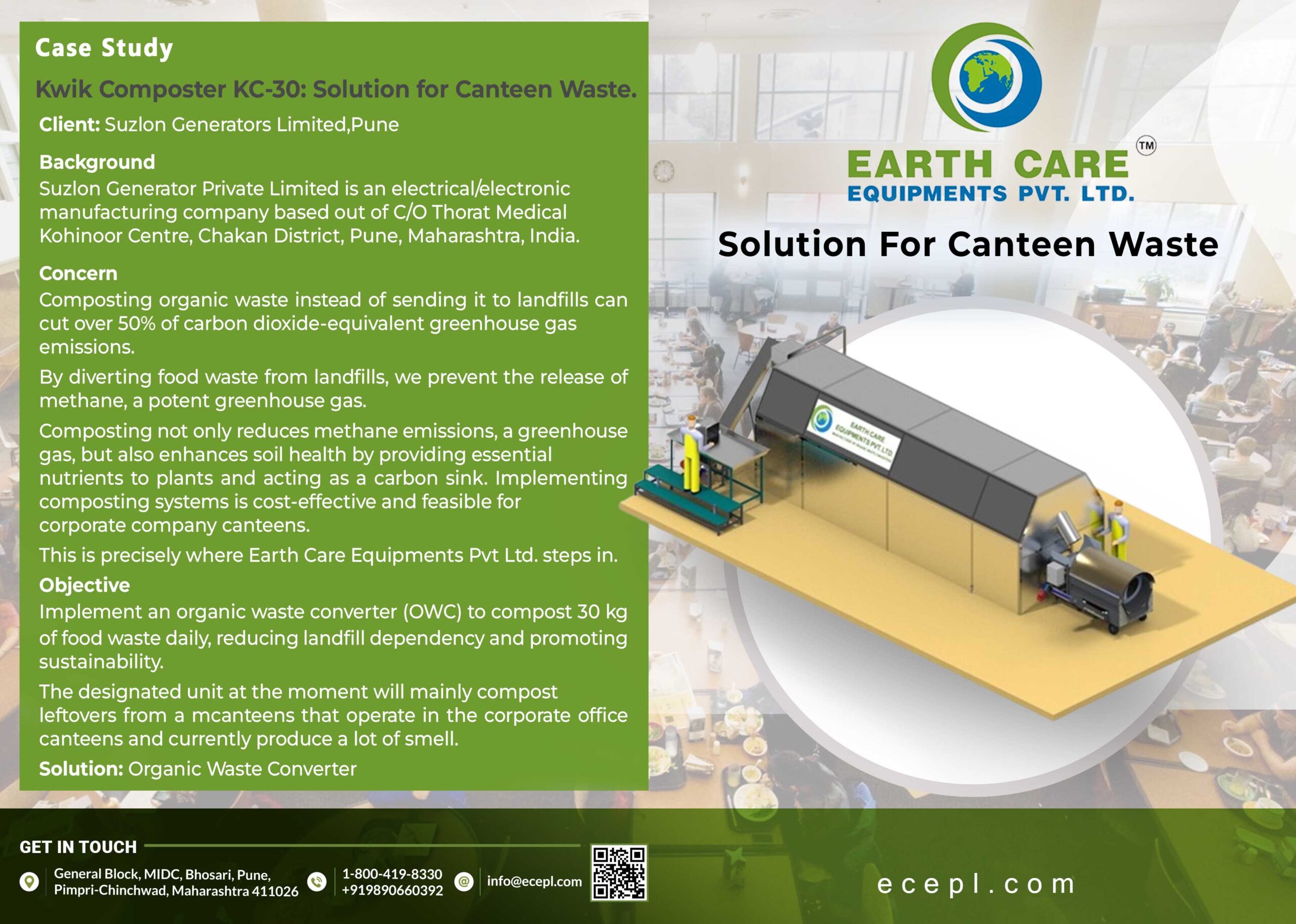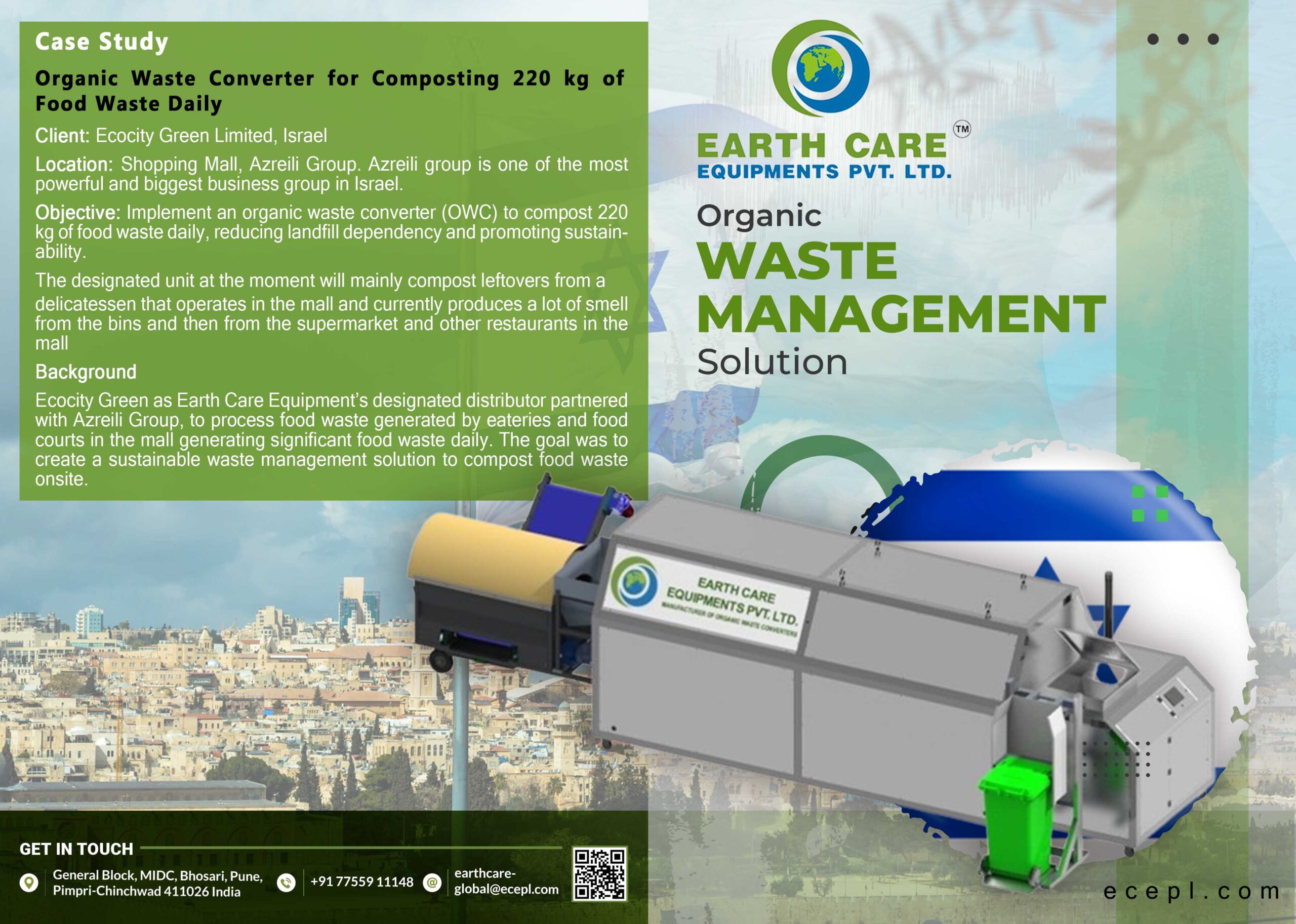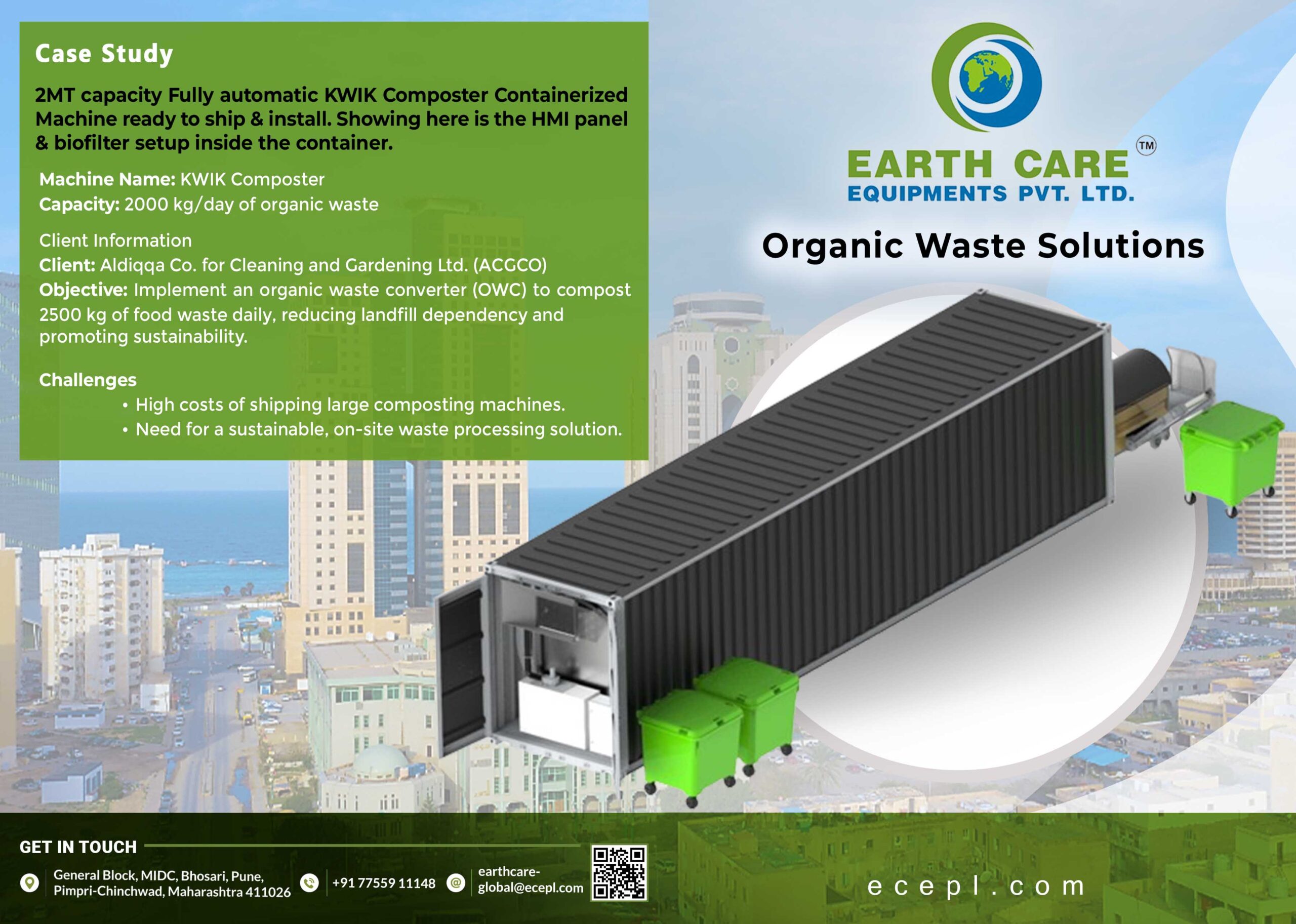
What is organic waste?
The biodegradable waste, such as the remaining of animals and plants, disposed of as garbage, is known as organic waste composting. The local waste collection companies and some councils collaborate and come together to work to collect organic waste and turn it into compost. The biodegradable waste is that organic matter in waste, which are broken down by microorganisms as well as other living things by decomposing, aerobic, and anaerobic digestion or other similar processes into carbon dioxide, water, methane or simple organic molecules.
Things such as fruits and vegetables, rice, dairy products, plants, beans, poultry and seafood, bones and remaining of dead animals, paper items, tea or coffee filters, garden waste, etc. are considered as organic wastes. These wastes are useful to produce fuel and energy when these are converted into compost or fertilizers etc.
Dumping the organic wastes in a landfill is a huge problem, and it is not because of the resources we lose in the process but because the organic waste goes through anaerobic decomposition when it is dumped in a landfill, which generates methane. When it is released in the atmosphere, methane is twenty-five times more effect a greenhouse gas than carbon dioxide. However, organic waste has some problems as well, for it can be a source of greenhouse gases, methane as well as pollution too. In some cases, organic waste can enter water sources and feed bacteria creating the growth of fungus if these wastes are not adequately treated or corralled, which can be harmful to the society.
Importance of segregating waste
The first and crucial step in environmental preservation and waste management is segregation as it helps in better waste disposal as well. It encourages recycling and reuse of waste. The best way to deal with these wastes is considered to be composting as this method helps in reducing the disposal and transportation of waste in landfills.
There are two kinds of waste: biodegradable and non-biodegradable. The organic wastes like kitchen waste and household waste can be broken down by microorganisms and converted into manure. This helps in enriching the soil, known as biodegradable waste whereas, the debris such as plastics, glasses, tin cans, which are inorganic and cannot be broken down by microorganisms, are known as non-biodegradable as they stay over thousands of years. Therefore, a significant problem arises as waste production increases with the increase in population, which leaves no space for waste disposal.
The segregation of waste must start at an individual level. Every household must keep in mind to segregate the wastes into organic and inorganic before disposing of them.
A few just a few simple ways to manage and separate wastes are as follows:
- Separate containers must be kept for dry waste and wet waste inside the kitchen.
- Keeping two bags for collecting dry wastes – plastics and paper, and keeping plastic and glasses containers well rinsed of food items.
- Disposing of the wet waste every day and dry waste once in a week.
- Keeping a paper bag for disposing of sanitary waste.
Segregation of organic waste
Waste segregation is the process in which waste are separated into various elements. Waste segregation merely is separating wet waste and dry waste of your garbage, and the purpose of this is to recycle dry waste and wet waste easily and to use it as compost. When waste is segregated, air and water pollution rates get considerably low, and it also reduces landfills and occupied space. This segregation process must be started at an individual level manually and collected through schemes like the curbside collection.
Wastes are collected from the sources, and then they are separated. There are many categories of segregating wastes. Some of the categories are as follows:
- Paper (including cardboards, etc.)
- Wood
- Leather
- Rubber
- Metal
- Hazardous waste
- Residual waste
Organic waste can be separated for disposal as well. The categories are as follows:
- Any leftover food that has come in contact with meat can be separately collected to prevent the bacteria from spreading.
- Bones and meat can be by bodies that are responsible for animal waste.
- If any other leftovers are there, it can be sterilized before feeding it to the animals.
- Fruit or vegetable peels and scraps can be decomposed with other degradable waste.
- Other wastes like cut flowers, coffee grounds, rotten fruits or vegetables, tea bags, corks, eggshells, etc.
Methods of segregation:
- Manual-sorting: In this method, the separation of waste is done manually. Firstly, the collected waste is unloaded, then with protective measures, the wastes are spread. Then the wastes are handpicked for reusing, which are visually identifiable. After that, the remaining residues are collected and stockpiled.
- Semi-mechanized sorting: In this method, the segregation of waste is partly done manually, and the rest of it is done mechanically. Firstly, the wastes are unloaded mechanically, then the wastes are loaded on conveyor belts. After this, the wastes are manually handpicked, which are visually identifiable for reusing. Then the remaining residues are collected, stocked, and reloaded mechanically.
- Fully-mechanized sorting: In this method, every step is done mechanically. Firstly, the wastes are unloaded, then the scraps are put through shredders or crushers to reduce the size. Then the screening devices are used for the size separation. Then the wastes are separated density-wise. Again, the wastes are separated magnetically. After everything is done, the scraps go through balers/crushers for compaction, and then the reloading of wastes is done.
These are the main ways to segregate organic waste. The segregation helps in fastening the processes of decomposing. It is also known to be a crucial factor to minimize waste. It has become essential to manage waste effectively and efficiently in today’s world. It should be done according to specific treatments and requirements of disposal. It should be carried out by the producer of waste. For making the process easier, the wastes can be separated in different colored containers like yellow for infectious waste, brown for chemical and pharmaceutical waste, and black for general waste.




